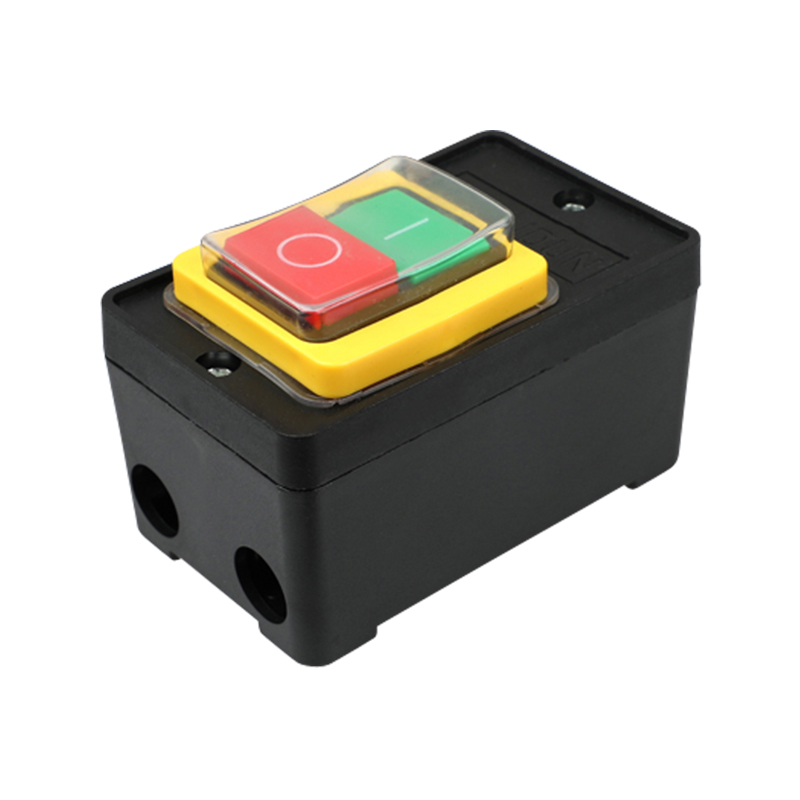- Home
- Products
- About Us
- Application
- News
- Contact Us
Web Menu
- Home
- Products
- About Us
- Application
- News
- Contact Us
Product Search
Exit Menu
What Safety Features Should a Power Tool Switch Include?

A switch for power tools plays a crucial role in controlling the operation of the device, and its safety features are essential for protecting users from accidents and injuries. When choosing or designing a power tool switch, understanding which safety elements are necessary can help ensure safe and reliable performance. Several important safety features should be considered to reduce the risks associated with power tool use.
One key safety feature a power tool switch should include is a reliable on/off mechanism. The switch must respond promptly to user commands to stop or start the tool without delay. This responsiveness is vital for preventing unintended operation that could lead to injury. Some power tool switches also incorporate a trigger lock or safety lockout function, which helps prevent accidental activation when the tool is not in use or during transport.
Another important feature is the ability to prevent accidental restarts. After a power interruption or loss of electricity, a power tool switch should not automatically turn the tool back on when power is restored. This restart protection prevents unexpected operation that might catch the user off guard. Switch designs that include this feature enhance user safety by requiring manual restart.
Ergonomic design also contributes to switch safety. A power tool switch should be easy to operate without requiring excessive force or awkward hand positions. This reduces user fatigue and allows for better control during extended use. Additionally, switches are often designed with textured surfaces or raised edges to improve grip and reduce the chance of slipping, especially when users wear gloves or have wet hands.
Electrical safety is another essential consideration. The switch for power tools should be constructed with materials that provide adequate insulation to protect users from electric shock. Quality switches include internal barriers and components that minimize the risk of short circuits and overheating. These features help maintain the safety and durability of the power tool throughout its lifespan.
Some power tool switches include variable speed control as a safety and functional feature. This allows users to adjust the speed of the tool to suit the task, providing better precision and reducing the chance of accidents caused by excessive speed. Variable speed switches often have built-in overload protection to prevent damage to the motor and avoid hazardous conditions.
Durability and resistance to dust and moisture also enhance the safety of power tool switches. Tools are frequently used in challenging environments where debris and liquids can interfere with electrical components. Switches designed with sealed enclosures or water-resistant materials help maintain reliable operation and prevent malfunctions that could lead to unsafe situations.
Many modern power tools incorporate electronic safety features that work in conjunction with the physical switch. These may include soft-start mechanisms that gradually increase power to the motor, reducing sudden torque that might cause loss of control. Thermal protection systems can shut down the tool if it overheats, preventing damage and injury.
A switch for power tools should include a reliable on/off mechanism, accidental restart prevention, ergonomic design, electrical insulation, variable speed control, and protection against dust and moisture. Together, these features contribute to safer operation and better user control. Choosing power tools equipped with well-designed switches helps reduce risks and ensures more confident use in a variety of applications.
-
Add: 1st Floor, No. 2, Huanan Road, Zhengcun, Economic Development Zone, Yongkang City, Zhejiang Province, China
-
Tel: +86-0579-87133113
-
E-mail: [email protected]

 English
English русский
русский Español
Español